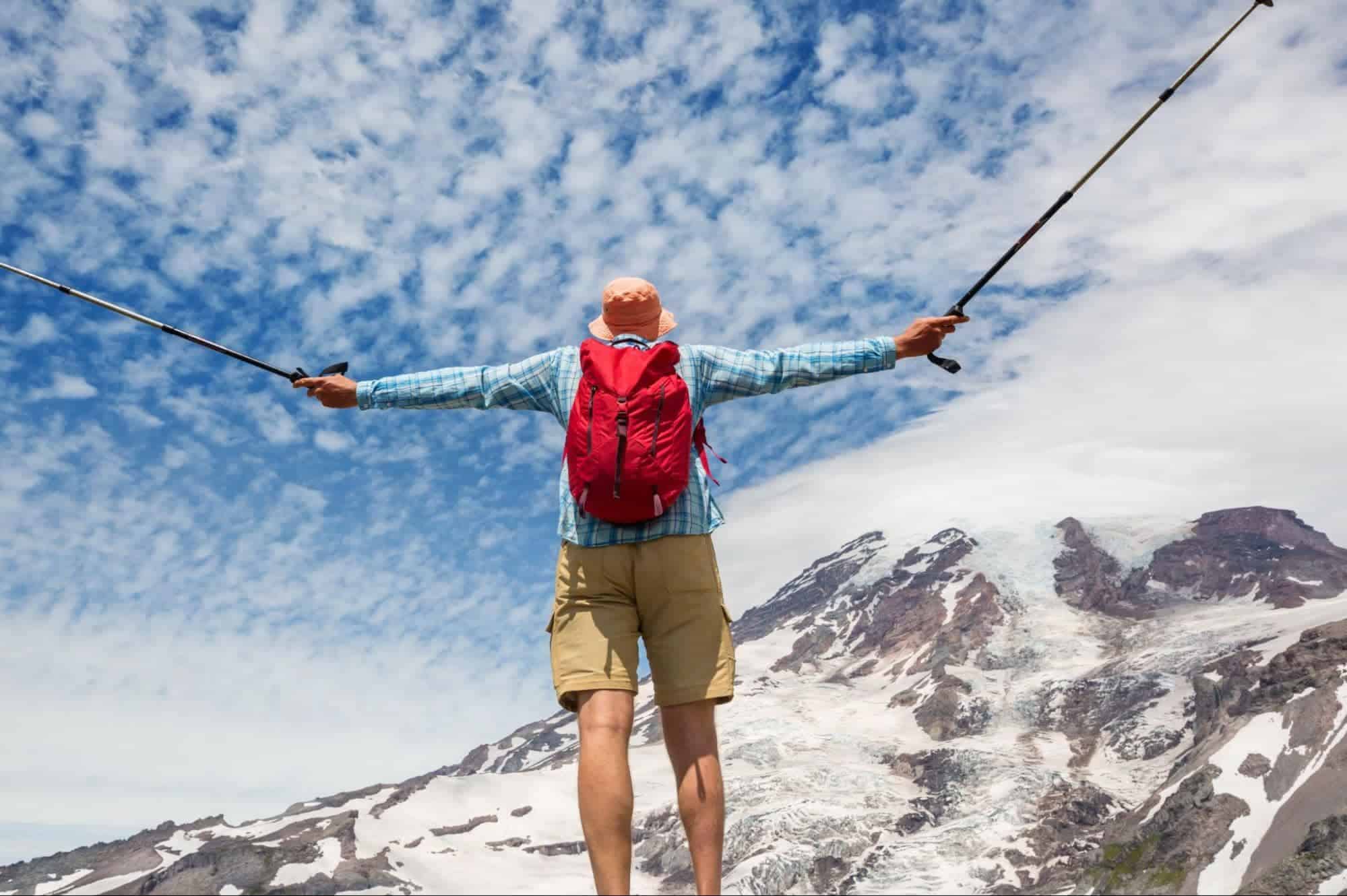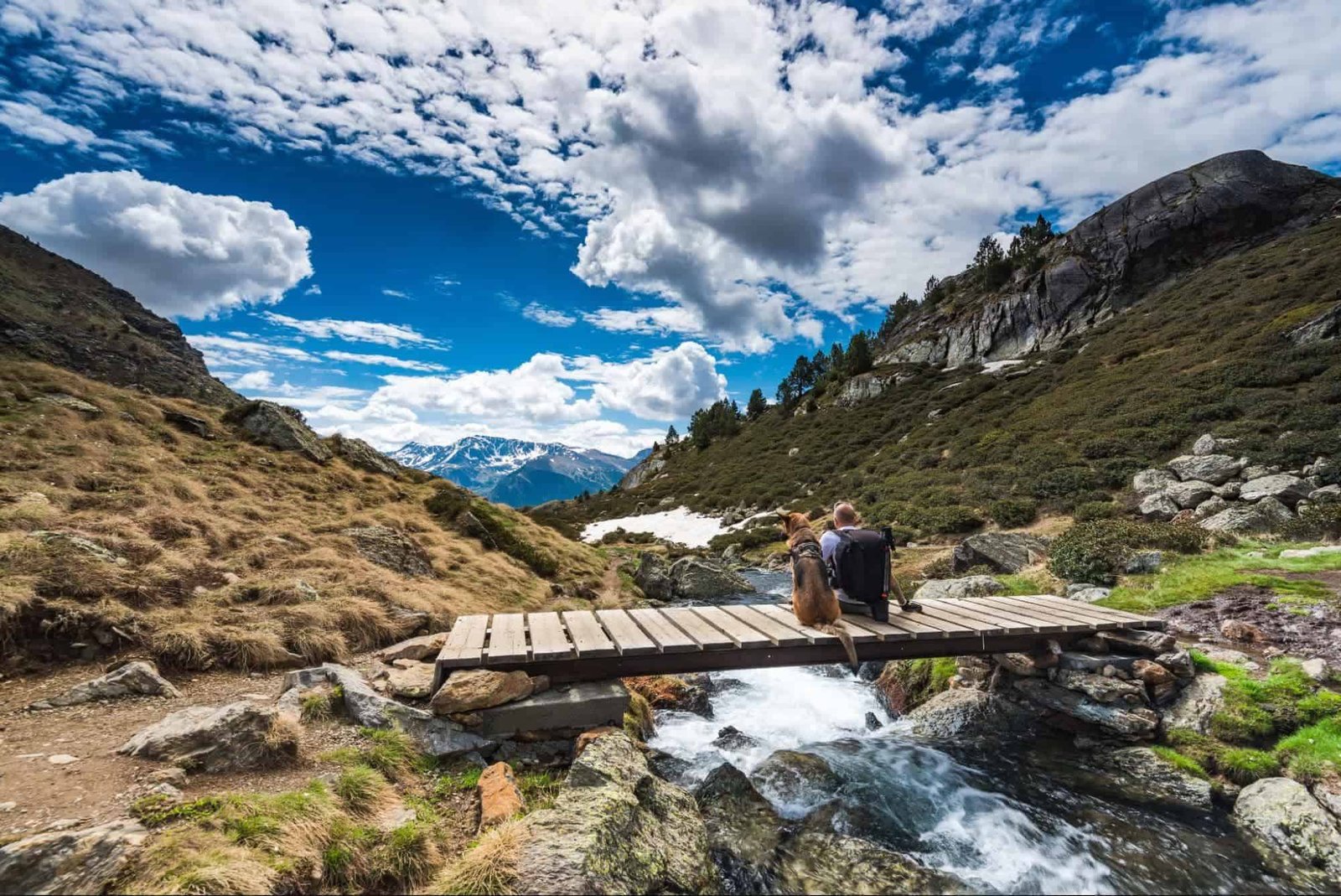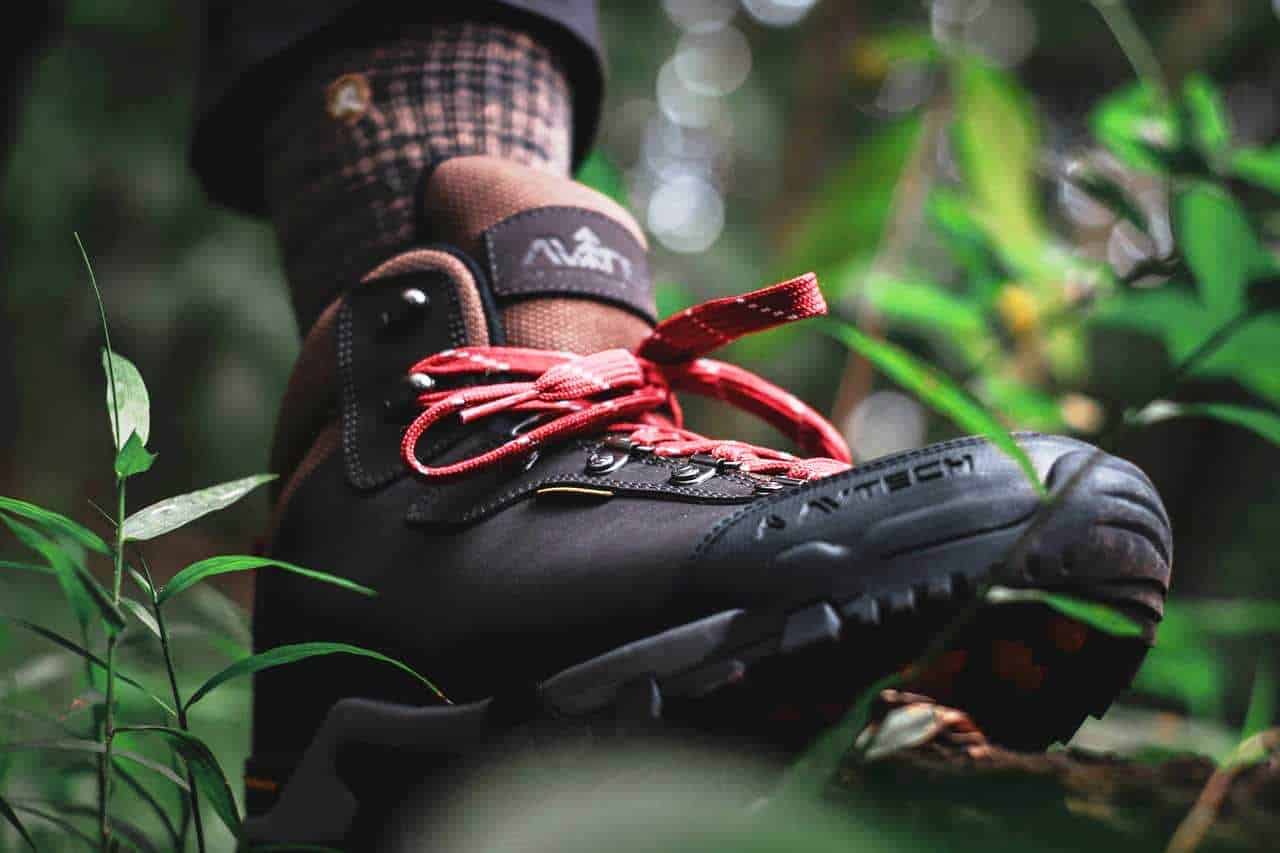As any hiker will tell you, hiking is a great activity to escape from city life, stay fit, and explore your inner adventurer. If you’re a dog lover as well, then you might also think: “What better way to enjoy the great outdoors than with man’s best friend at your side?” It’s true, that hiking with your dog can be a great way for both owner and pet to relax, be active, and strengthen your bond even further.
However, as any good dog owner knows, taking care of your furry friend involves a lot of responsibility – and hiking is no different. Knowing how to properly prepare for walking with your dogs is crucial to having a safe, worry-free, and enjoyable hiking experience while also being considerate towards other hikers and mother nature.
So, if you’re ready to embark on this grand adventure with your best four-legged friend, let’s get to it!

What are Your Local Laws?
Laws about handling dogs in public vary from state to state, county to county, and city to city. Informing yourself about your responsibilities as an owner will help keep both you and Fido on the right side of the law. Make sure to research the correct laws for whatever jurisdiction you’ll be hiking in!
Almost all cities require you to leash your dog at all times while out for a walk. This rule generally applies to most counties as well. Specific state or national parks may also have their own rules regarding whether or not dogs are allowed to share the trail in the first place as well as whether they have to be leashed or not.
Since you’ll be out and about, now is a great time to ensure your dog’s license is up-to-date to avoid steep fines (up to $250!!!). Most dog licenses need to be renewed yearly but only cost around $10 to $20.
Finally, make sure that your dog’s shots are up to date (rabies, distemper, etc.) according to their age and licensing requirements.
What are Conditions Like on the Trail?
As mentioned, national forests or state and local parks have their own rules about whether or not dogs are allowed – so double check before you go.
Assuming that they allow dogs (yay!), there are also some other questions you should know the answer to:
- Are dogs allowed off-leash?
- How long is the trail?
- What is the challenge level? Are there obstacles? For example, sheer climbs, river crossings, steep ups, and downs, etc.?
- Are there sources of water? For example, potable natural water, water fountains, resupply stations?
- Are there trash cans or designated poop receptacles on the way?
Being a little nosy upfront will help make the hike much more enjoyable for yourself and your pooch. Not only will it help you decide whether your dog is ready for the challenge, but also prepare the right gear and supplies.
Make Sure Your Obedience Training and Trail Etiquette is Up to Scratch

When hiking with your companion, there are certain rules and guidelines you should keep in mind. Following these will help everyone to share the trail without any issues and enjoy the day in nature to the max – even the dogs.
It’s not always easy to take a critical look at your best friend, but it’s crucial for a safe and enjoyable outing. For one, not all dogs play equally well with strangers – whether it’s humans or other dogs. If your dog tends to get too aggressive or defensive around strangers, it might need some more training first.
Secondly, only walk off-leash if you’ve trained and habituated your dog to it. There will be endless distractions out in mother nature and you need to be extra sure you can trust your dog not to run off in excitement.
While walking on the trail, be courteous and give way to other hikers, bikers, horse riders, etc. and try to keep them as calm as possible.
Last but not least, follow Leave No Trace Principles for both you and your dog, especially when it comes to disposing of feces. Always carry more than enough poop bags to pick up after your buddy. Don’t let them defecate near (or in) water supplies or public areas.
Gearing Your Dog To Be Hike-Ready

If you’re like most hikers, then you probably love gearing out for hikes as much as going on them! If you’re a dog lover as well, then the great news is you can now also kit out your pawed companion.
Not only does hiking gear for your dog look cool but it can also be highly functional. Here are just a few useful features you can expect:
- Extra carrying capacity (handy for your dog’s poop bags, food bowl, toys, etc.)
- A handle for keeping your buddy close and under control (useful for crossing bodies of water)
- A leash attachment
- Weatherproofing wet or windy conditions
- Padding for protection against bumps and falls
It’s important to make sure that the pack properly fits your dog’s dimensions and that they get accustomed to wearing it. If it doesn’t fit correctly, it may cause chafing and discomfort. Make sure that the pack is tight enough not to slip but not too tight to be uncomfortable.
For example, this Mountainsmith K9 Dog Pack comes in three different sizes for dogs between 20 to 80 lbs. The handle and water resistance make it great for trails that get wet-n-wild.
Remember that your dog is not a pack horse, so only saddle them with what’s necessary.
If you hike, you know the importance of good boots. Another great piece of kit to consider is a quartet of dog booties. These can protect the pads of your dog’s paws from a range of injuries, such as hot paved trails, cold weather, cuts from sharp rocks, and thorns.
How to Handle Your Dog If They Pull While Hiking?
If you regularly walk your dog, you should already know whether they tend to pull when walking on a leash. On a normal walk, this may seem bearable but it can be a real problem if going for a proper hike.
That’s because your dog will likely be more excited and on-edge, probably resulting in them pulling more frequently and harder. This prolonged straining can put a lot of stress on your arms and shoulders and your dog’s neck, potentially causing injury.
One way to avoid your dog injuring themselves is by using a chest-lead harness. This harness prevents them from choking themselves with a collar or snapping their neck when the leash goes taught. As a bonus, it’s also much less likely to get pulled off and makes it easier to control your dog.
However, if your dog still gets a bit too carried away for their good (or yours), it might be best to first do some more training or start on short hikes with a dog training harness.
Is Your Dog Ready, Fit, and Healthy?

First of all, you should be extra cautious if your dog is still a pup. Puppies still have weaker bones and underdeveloped immune systems that may put them at greater risk during the trial. Consulting with your vet should assure you whether or not your pup is ready for his first big adventure.
Your local vet should also be able to tell you whether your dog needs any other vaccinations or preventative medicines. For example, to protect them from viruses like Leptospirosis or even giardia in natural water sources.
Just like us humans, your dog may also be suffering from underlying conditions that could flare up during an arduous trek. If your dog is older and already struggling to keep up on long neighborhood walks, it might be time to retire their trail booties for good.
Also, keep in mind that Brachycephalic dogs, such as Pugs and Bulldogs, tend to overheat more easily than other dog breeds. If they are starting to pant or grunt excessively, it might be time to call it quits.
How Much Food and Water Does Your Dog Need?
While water is non-negotiable, you might not have to take food with you on your hike depending on its length and your dog’s eating schedule. However, don’t forget to always pack some doggy treats like these. Not only will it come in handy for getting their attention or keeping them satisfied, but a hike isn’t complete without snacks!
If you’re doing a day hike or backpacking, you can take a look at dickssportinggoods.com for a range of durable and portable dog food bowls.
Remember that, just like us, dogs need to eat and drink more if they are active to keep up their energy and stay hydrated. A good rule of thumb is that larger dogs (over 20 lbs) need about 0.5 to 1 ounces of water per pound of body weight per day. Smaller dogs (under 20 lbs) need about 1.5 ounces per pound.
Luckily, dogs come with a built-in hydration meter. Just touch their nose – if it’s dry they need some water.
Ready, Set, Hike!
With this information, you can start laying the foundation for a fun hobby for you and your companion to share. Remember to start small and work your way up to a greater challenge. If your dog is new to hiking, they will naturally be more comfortable starting on shorter trials as they become accustomed to the process. Do that, and you’ll find hiking with your dogs to be an amazing experience!





